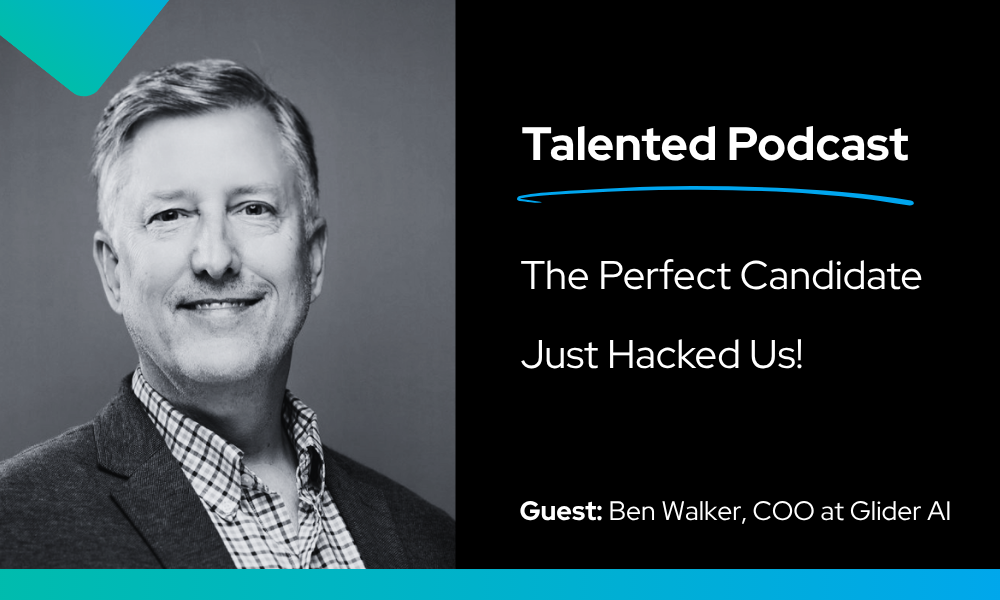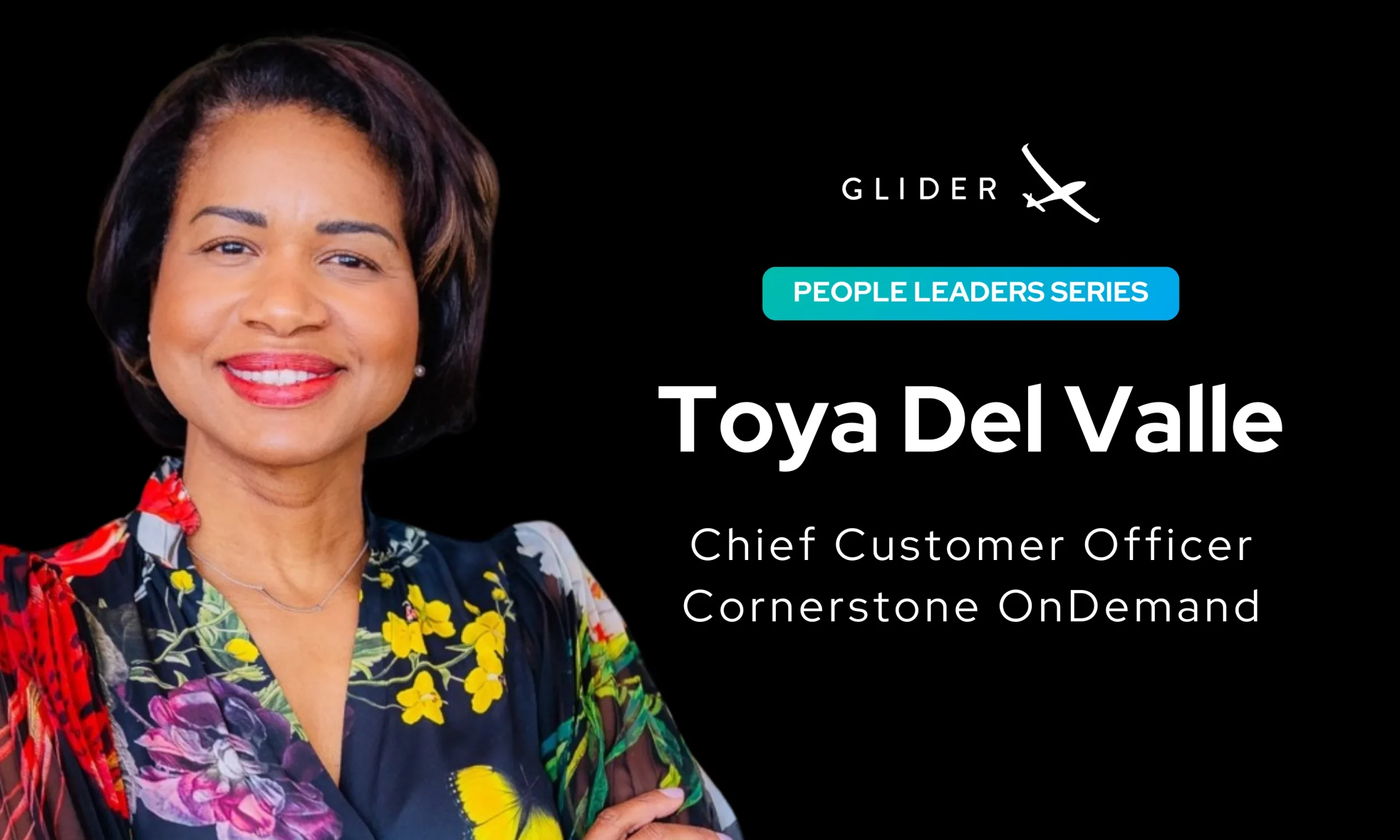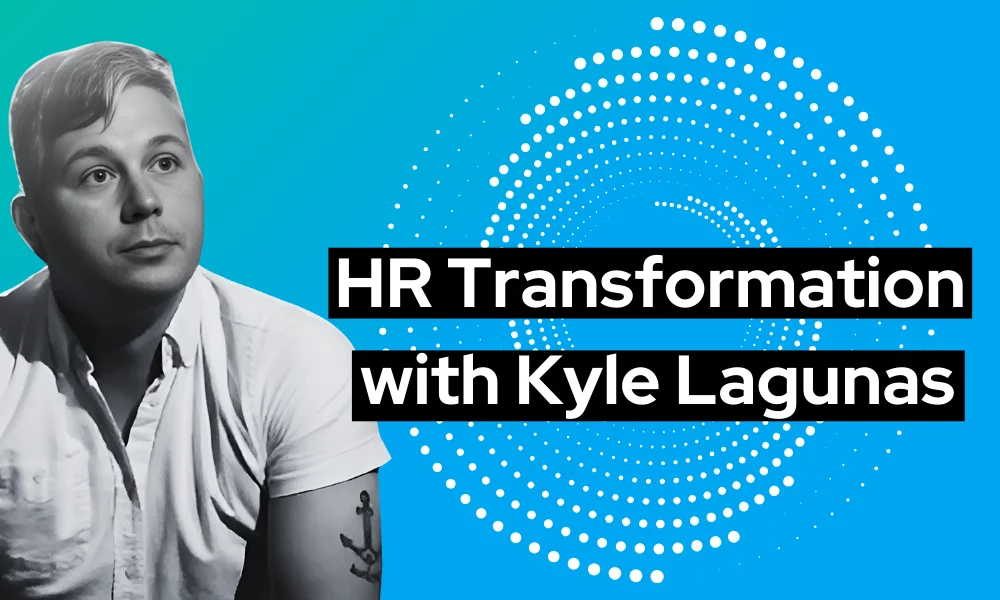
Make talent quality your leading analytic with skills-based hiring solution.

Did you know that a bad hire can cost a company around $17,000? Making the right hiring decision not only saves money — but also boosts team morale and productivity.
Recruitment metrics help make this possible. When used correctly, these metrics can offer quantifiable insights that help organizations evaluate their hiring strategies, pinpoint areas for improvement, and make informed data-driven decisions.
If you’re hiring through agencies or contract recruiters, here are some of the most important metrics for recruitment to look at:
Direct hiring metrics focus on the long-term integration and success of employees:
Assessing recruiter performance through the following metrics can streamline hiring processes:
If you run a staffing firm, measure these metrics to ensure that you’re meeting your client’s needs effectively:
What are recruitment metrics, and why are they important?
Recruitment metrics indicate the hiring process’s effectiveness, help pinpoint improvements, support data-driven decisions, benchmark performance, and enhance talent attraction and retention.
How can we promote diversity and inclusion in our hiring process using metrics?
You can use recruitment metrics to track the diversity of applicant pools, assess interview fairness, monitor hiring manager diversity, analyze retention by demographic, and set specific diversity targets.
How do recruitment metrics contribute to onboarding success?
Recruitment metrics improve onboarding by predicting new hire performance timelines. This allows for personalized onboarding plans and identifies early support needs.
What’s the best way to use recruitment metrics to improve our hiring process continuously?
To leverage recruitment metrics for ongoing improvement, set clear objectives, maintain consistent data collection and results analysis, communicate your findings, and adjust insights-based strategies. Don’t forget to prioritize the ethical use of data throughout.

“The Perfect Candidate Just Hacked Us”: Inside the Global Playbook of Hiring Fraud That 100% test score might be your biggest red flag. Enterprise breaches don’t always start with phishing emails; sometimes, they start with a fake job interview. In this episode of Talented, Joseph Cole sits down with COO Ben Walker to unpack one […]

Can HR Stop Playing Buzzword Bingo with Skills and AI? If you’re an HR or TA practitioner or work in HR Tech in any capacity, AI and Skills-Based Hiring is what everyone is talking about. The problem? All the talk is diluting the importance of two very interrelated topics. Glider AI sponsored the Transformation Realness […]

Q&A with HR/TA Analyst Kyle Lagunas The traditional playbook that was HR is being rewritten. AI is reshaping work, skills-based strategies are transforming hiring, and HR teams are under pressure to deliver more with less. HR isn’t just about managing people anymore—it’s about engineering the future of work. In this Q&A session, Kyle Lagunas and Joseph […]